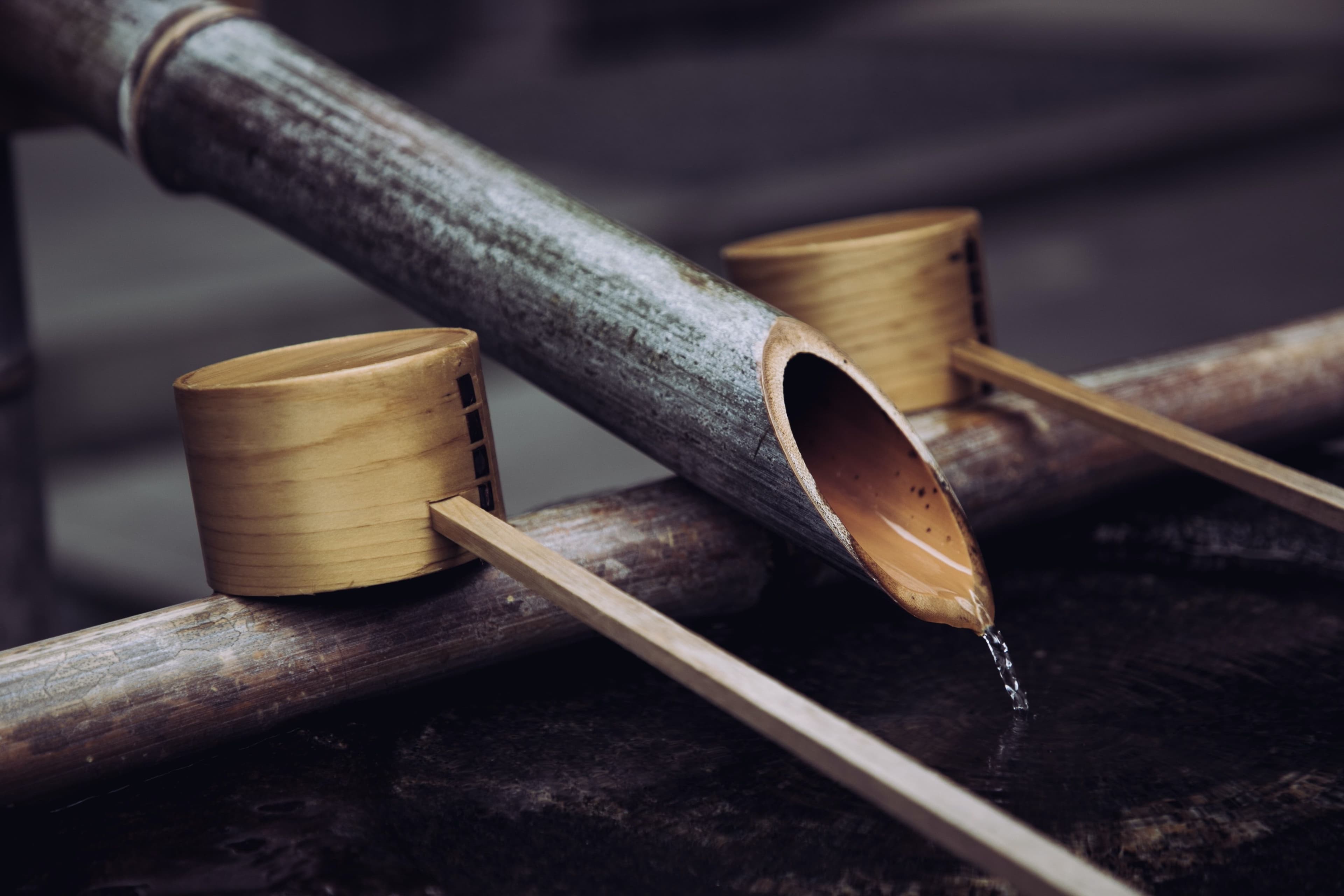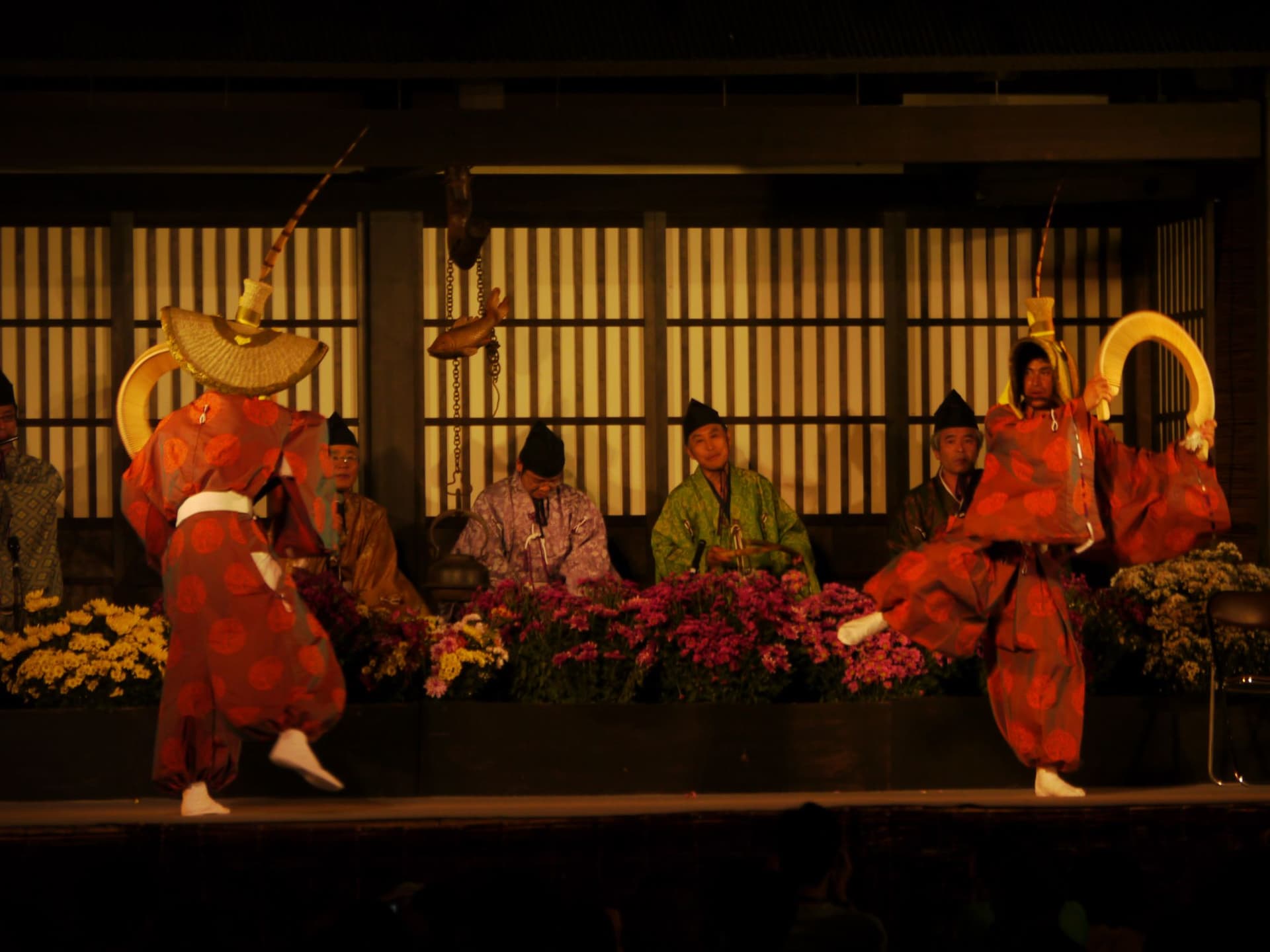
Hakusan Shrine Sayado
白山宮鞘堂Deep within the UNESCO World Heritage landscape of Gokayama, among steep thatched farmhouses and snow-laden valleys, stands the Hakusan Shrine Sayado, a rare example of protective religious architecture that has safeguarded one of Japan's oldest wooden shrine buildings for over 260 years. Constructed in 1760 during the Hōreki era, the Sayado continues to preserve the Hakusan Shrine Main Hall (Honden), which dates to 1502 and is the oldest surviving wooden structure in Toyama Prefecture.
Historical Background
The Sayado was built specifically to shelter the Main Hall, which had stood for over two centuries before protection became necessary due to Gokayama's extreme mountain climate. The Honden is now recognized as a National Important Cultural Property, while the Sayado received designation as a Registered Tangible Cultural Property in 2018.
The shrine's religious significance stems from the Hakusan faith, centered on Mount Hakusan, one of Japan's three sacred mountains. Mountain worship practices took root in these isolated valleys during the 8th century, establishing a spiritual foundation that continues today.
Architecture and Design
The Sayado features a steep thatched roof designed to withstand heavy winter snowfalls exceeding 3 metres. Its construction follows the traditional gassho-zukuri form, making it the oldest remaining thatched religious facility in Gokayama and the only structure of its kind built to protect an earlier shrine.
The protected Honden beneath employs the ikken-sha nagare-zukuri style typical of Shinto architecture, with building techniques dating from the Muromachi period. Despite renovations over time, the Sayado's protective function remains unchanged.
Cultural Significance
The shrine complex represents centuries of continuous spiritual practice in this remote mountain region. The enshrined deity, Kukurihime-no-Mikoto, is associated with harmony and mediation, qualities essential for mountain communities dependent on cooperation for survival.
The site remains an active place of worship, typically opened to the public only during the Kokiriko Festival in autumn. The sacred object within is revealed once every 33 years, preserving the shrine's solemn character.
World Heritage Context
Located within the Historic Villages of Shirakawa-go and Gokayama UNESCO World Heritage Site, the shrine exemplifies the cultural resilience of communities adapted to extreme environmental conditions. It demonstrates how mountain settlements in Japan safeguarded their spiritual heritage through architectural ingenuity across centuries of harsh winters and geographic isolation.
Contemporary Relevance
Today, visitors can observe the Sayado from outside, appreciating its quiet dignity within the surrounding landscape. As a living example of religious preservation and mountain faith, it continues serving its original purpose as a protective refuge for sacred architecture and a lasting link to Japan's medieval spiritual past.
Related topics
At Hey Japan!, we strive to keep the places listed on our website as current as possible. However, it is important to note that location owners or management may make changes to their plans, including canceling events, altering opening times, or modifying admission requirements, without prior notice. To ensure that you have the most accurate information, we recommend checking official websites before visiting any location.
Last Updated:













